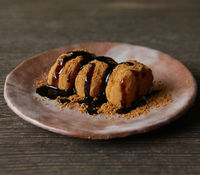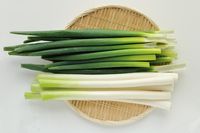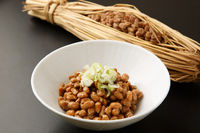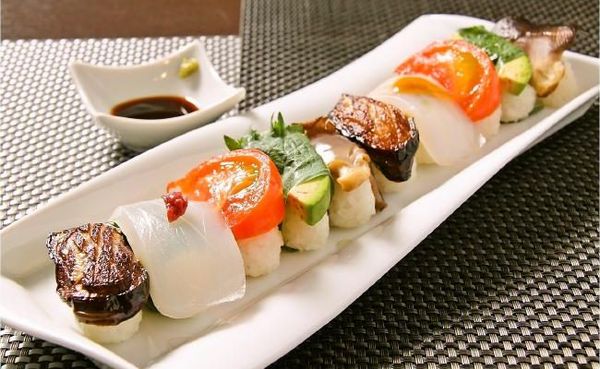Onigiri: The Humble Rice Ball
Updated:2019/02/01 Created:2017/03/08

Rice comes in many shapes and forms in Japanese cuisine, but none more portable than the “onigiri,” or rice ball. The word is derived from the verb to mold something by pushing it together, which is exactly how the onigiri is made: A scoop of rice is taken in the hand, and then usually molded into a triangle with rounded edges, though sometimes the shape is more like a circle. Yet a mere ball (or triangle) of rice it is not.
On the outside of most onigiri, a wide strip of nori (seaweed) is wrapped, often fully encompassing the rice. This serves two purposes. For one, nori is delicious. Pretty easy explanation there. But the nori also makes for an edible, cleaner way to hold a ball of rice in your hand. With just a few exceptions, the nori is applied to the onigiri just before eating, meaning the nori stays crisp while the rice is moist.
The question of how you wrap the rice ball put to rest, there is still the matter of what exactly is in an onigiri! There is such a thing as a plain onigiri, or more accurately a “salted onigiri,” but there’s not much more to write about those than just that. Much more interesting are the dozens of fillings that restaurants, conveniences stores, and just regular people at home put inside the onigiri. A classic, though lately somewhat waning in popularity, is the ume (pickled plum) onigiri and konbu (another seaweed) onigiri. You could try a different kind everyday of the month and still not become a learned master!
Not just fillings, but different rice types sometimes enter the milieu as well. Sometimes a little brown rice, or some red beans may appear, or even — now we’re getting crazy — Chinese fried rice onigiri! As food tastes evolve in Japan, so does the onigiri. Nothing to do but try your best to keep up!








